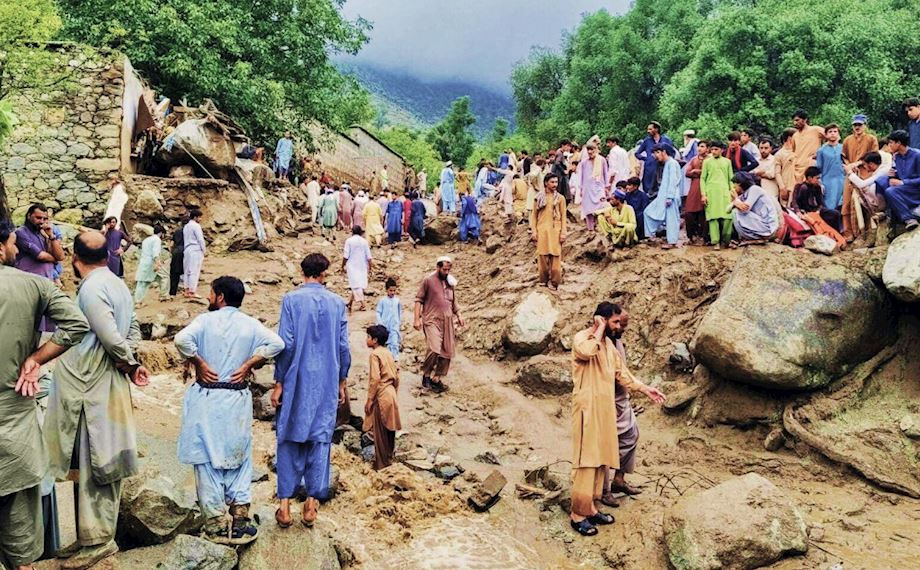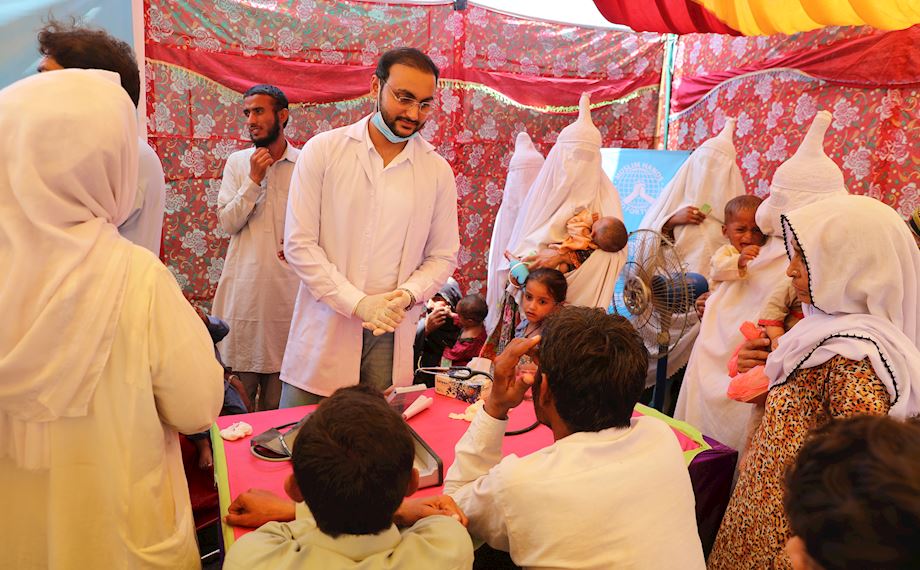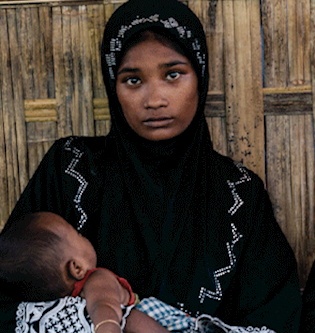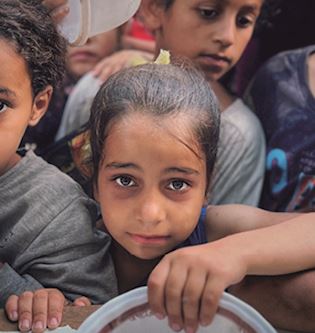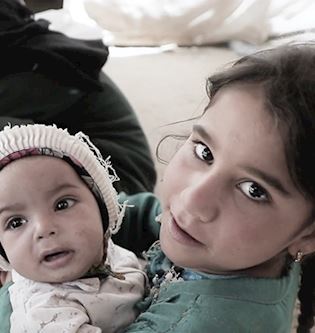Pakistan Floods 2022: How We Got Here

Pakistan is currently experiencing the worst monsoon floods in the country’s history, surmounting the damage and devastation of the 2010 floods. Since June, the monsoon rains have wreaked havoc nationwide causing flash floods and landslides, particularly in the provinces of Khyber Pakhtunkwa, Sindh and Balochistan.
At present, the floods have:
- affected more than 33 million people, which is equivalent to half of the UK population
- submerged more than one third of Pakistan underwater
- lead to over 1,600 deaths
- caused over 12,800 injuries and
- effected the displacement of over 7.9 million people
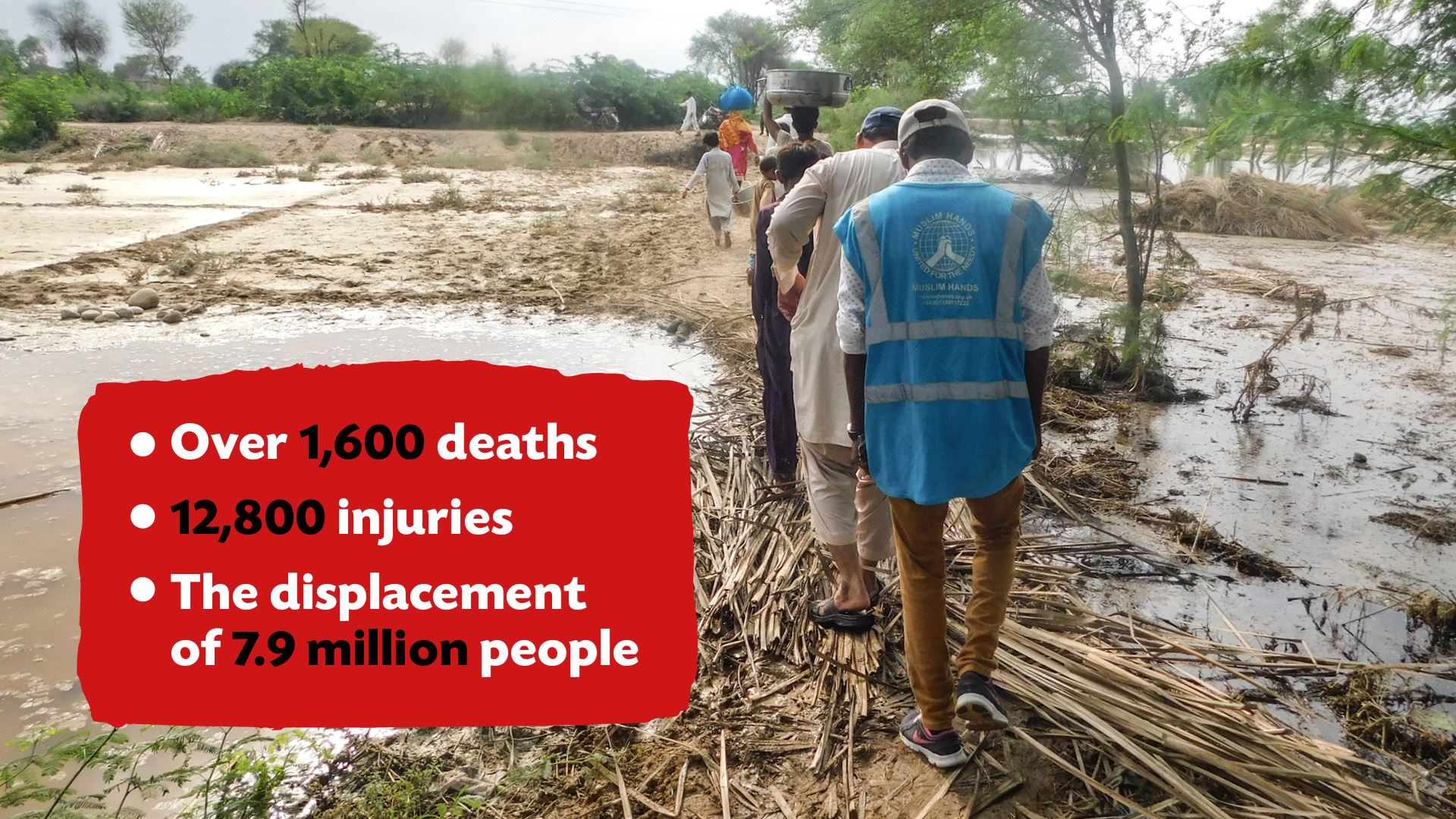
What areas have been affected by the Pakistan floods?
On the 26th of August, the Government of Pakistan officially declared sixty-six districts to be ‘calamity hit’, urging western nations to come to their aid. However, as the monsoon rains have raged on, there are now eighty ‘calamity hit’ districts – 31 in Balochistan, 23 in Sindh, 17 in Khyber Pakhtunkwa, six in Gilgit-Baltistan and three in Punjab (Relief Web).
Sindh is the second largest province after Punjab, with a population of 47.9 million people. Although Balochistan is the largest province in Pakistan, it is the least populous, with a population of 12.3 million people (Reuters). All corners of Pakistan have been affected by these floods, however the provinces of Sindh and Balochistan have been hit the worst. They have suffered the most damage to human life and infrastructure.
How have the Pakistan floods affected the local population?
The people of Pakistan have not only lost their homes, but also their land and livestock, which was their main source of income. A recent Integrated Phase Classification (IPC) analysis of acute food insecurity in Balochistan predicts that over 955,000 people will be food insecure until November 2022 at the least (Relief Web). Struggling to feed their families, they also must worry about finding clean water as the dead carcasses of livestock have mixed with flood water. This has allowed water borne diseases to infest local water sources, leaving people to choose between dehydration and drinking the disease-infested water.

Why do floods occur in Pakistan?
Pakistan is susceptible to monsoon rains in the summer months due to their location and proximity to the Himalayan mountains, like their neighbours India, Bangladesh, Nepal and Myanmar. But why is Pakistan prone to intense flooding?
The Indus River swells during the monsoon season and occasionally breaches embankments causing the surrounding areas to flood. This river lies in the foothills of the Himalayan range and flows straight through Pakistan, covering areas of Southern Punjab and Sindh before it reaches the Arabian Sea. The majority of Pakistan’s population live on the borders of this river as it is Pakistan’s main freshwater source, which much of its agriculture depends on.
Pakistan’s flood prevention system, notably the Sukkur Barrage, is a system of dams and canals that work to divert the river to irrigate the southern province of Sindh and provide a line of defense against floods (Red Cross). However, due to years of wear and tear they have become dated, which has led to a buildup of silt from the Himalayas in several reservoirs along the river. This reduces their ability to prevent the overflow of flood waters resulting in flash floods.
Or is climate change to blame for the Pakistan floods?
Pakistan’s location has had a substantial effect on the country’s susceptibility to recurring floods. However, climate change has worsened the impact and exacerbated Pakistan’s extreme weather conditions. In just three weeks, Pakistan has received sixty percent of their usual monsoon rainfall which was impacted by the rising air and sea temperatures. Pakistan’s Climate Change Minister has called these floods a “climate-induced humanitarian disaster of epic proportions” (BBC).
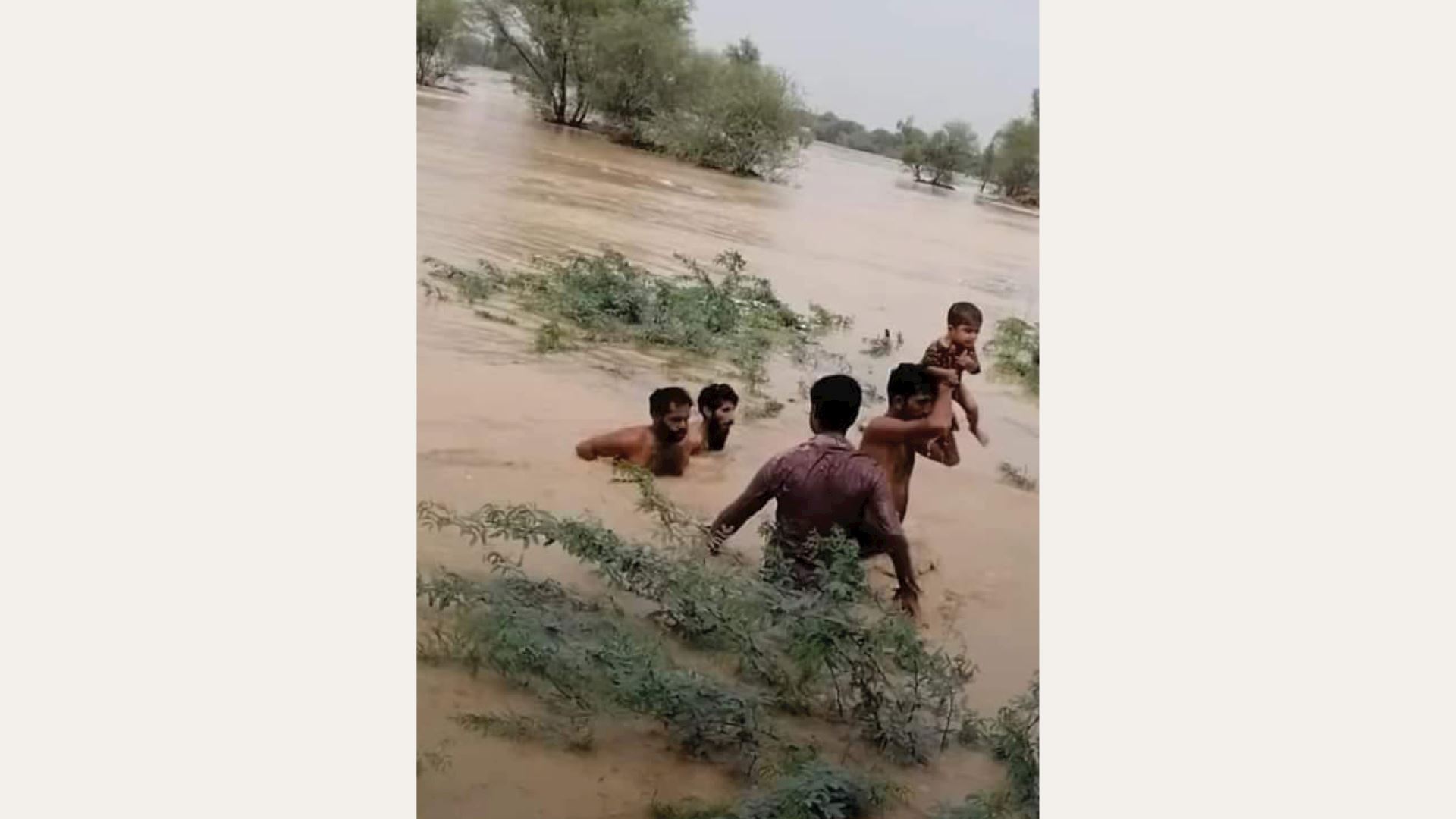
How has climate change effected the Pakistan floods?
The world has warmed 1.2C since the beginning of the Industrial Revolution (1760), which has effected Pakistan’s weather conditions, ranging from intense heatwaves to extreme monsoon rains in a matter of months. In April, Pakistan experienced a record-breaking heatwave with temperatures ranging from 40 – 49 degrees Celsius. Muslim Hands responded to this crisis by setting up heatwave camps in some of the most affected regions, Sindh, Balochistan, and south and central Punjab. To ensure the livelihoods of these communities, we also provided water to struggling villages and their livestock. These high temperatures melt the glaciers in the Himalayas and the Hindu Kush region much faster. Already, several glacier lakes have burst through dams of ice that usually hold them back resulting in vast amounts of water feeding into the Indus River (Red Cross).
Researchers and scientists from the World Weather Attribution group have pointed towards human activity effecting the current flooding in Pakistan, "What we saw in Pakistan is exactly what climate projections have been predicting for years. And our own analysis also shows clearly that further warming will make these heavy rainfall episodes even more intense"
Are the Pakistan floods just the beginning of climate-induced disasters?
These temperatures also harden and dry out the ground, which makes it much harder for soil to absorb monsoon rains and flood water (Guardian). Global warming will make monster floods and intense heatwaves much more of a regular occurrence. In fact, the 2015 heatwave and 2010 floods were made possible partly due to warmer air and water temperatures in Pakistan.
Pakistan is rated as the eighth most vulnerable country on the Global Climate Risk Index due to the prevalence and magnitude of climate change events. However, the country produces less than 1 percent of global greenhouse gas emissions (Aljazeera). Despite their relatively minor carbon footprint, people in South Asia are fifteen times more likely to die from the effects of climate change.
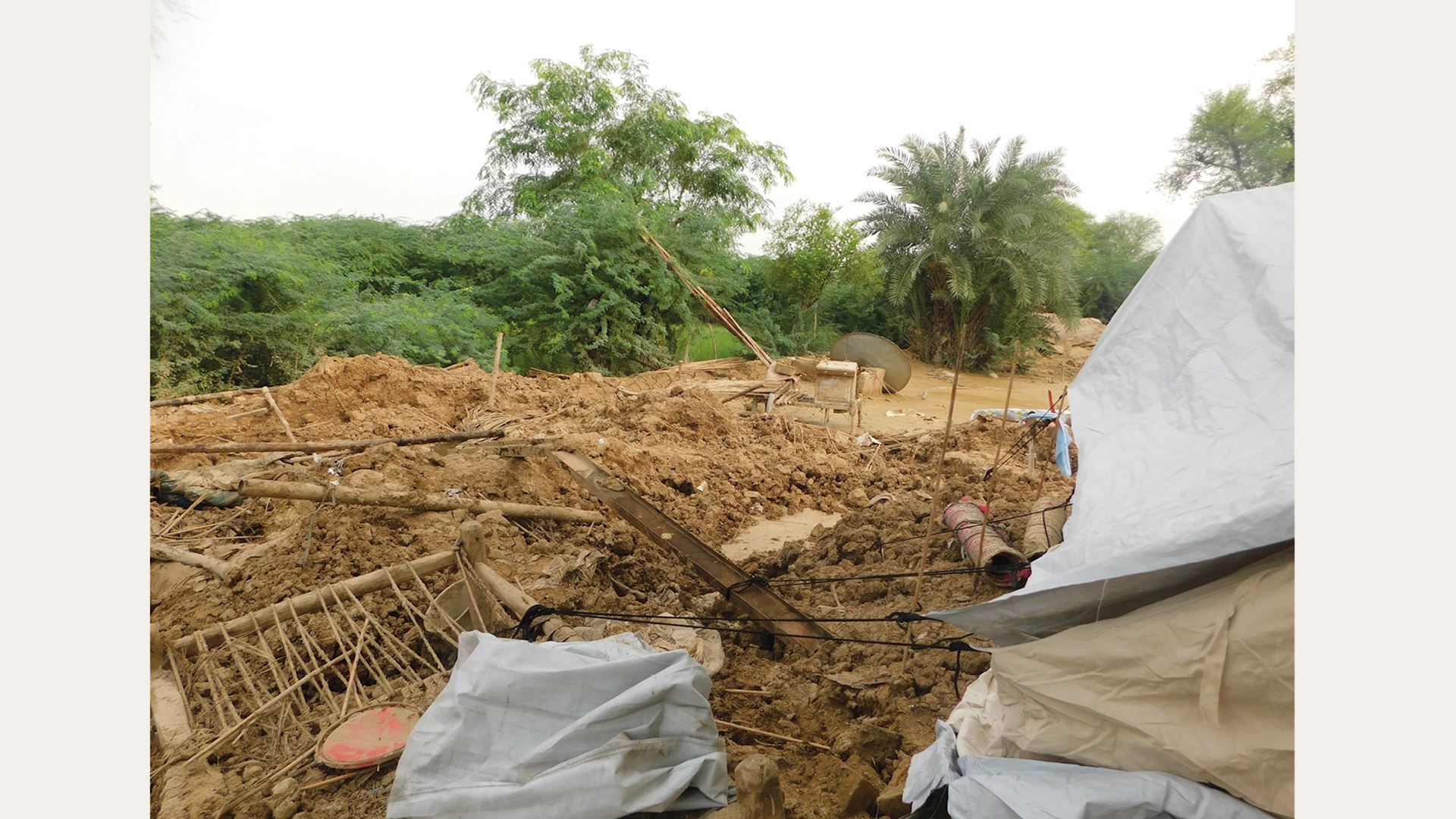
Does this current disaster compare to the 2010 Pakistan Floods?
The is not the first-time tragedy has struck the region. Often referred to as one of the worst humanitarian disasters Pakistan has experienced, the 2010 Pakistan Floods led to the displacement of over 20 million people and killed over 2,000. Although Pakistan has experienced flooding since then, it has been nothing of that magnitude until this year. Talking about the crisis, the Prime Minister of Pakistan declared, “I have not seen such devastation in my life” (Guardian).
What is the difference between the 2010 and 2022 Pakistan Floods?
These floods lie over a decade apart, so even though climate change may have impacted both, their circumstances are completely different. The 2010 Pakistan Floods were riverine in nature, meaning they occurred because the Indus River exceeded the capacity of its natural boundary. However, this year’s flooding stem from the current extreme monsoon rains, which have been aggravated by global warming. So far, we have seen multiple types of flooding, including monstrous monsoon rains, glacial lake bursts, flash flooding and urban flooding, but Pakistan has not yet experienced riverine flooding this year (Aljazeera). This is the first time that Pakistan has experienced a monsoon season of this scale in recent history.
How has the political climate changed since the 2010 Pakistan Floods?
Secondly, the political climate is much different now than it was in 2010. Currently, much of the attention of global aid has been focused on the war in Ukraine and other natural disasters that have been caused by climate change. Recognising the enormous toll that the floods have taken on Pakistan, the UN Secretary General, Antonio Guterres, launched an $160 million appeal to help the millions of people affected. This appeal differs greatly from the one launched by the UN in 2010, which was appealing for $2 billion (United Nations).
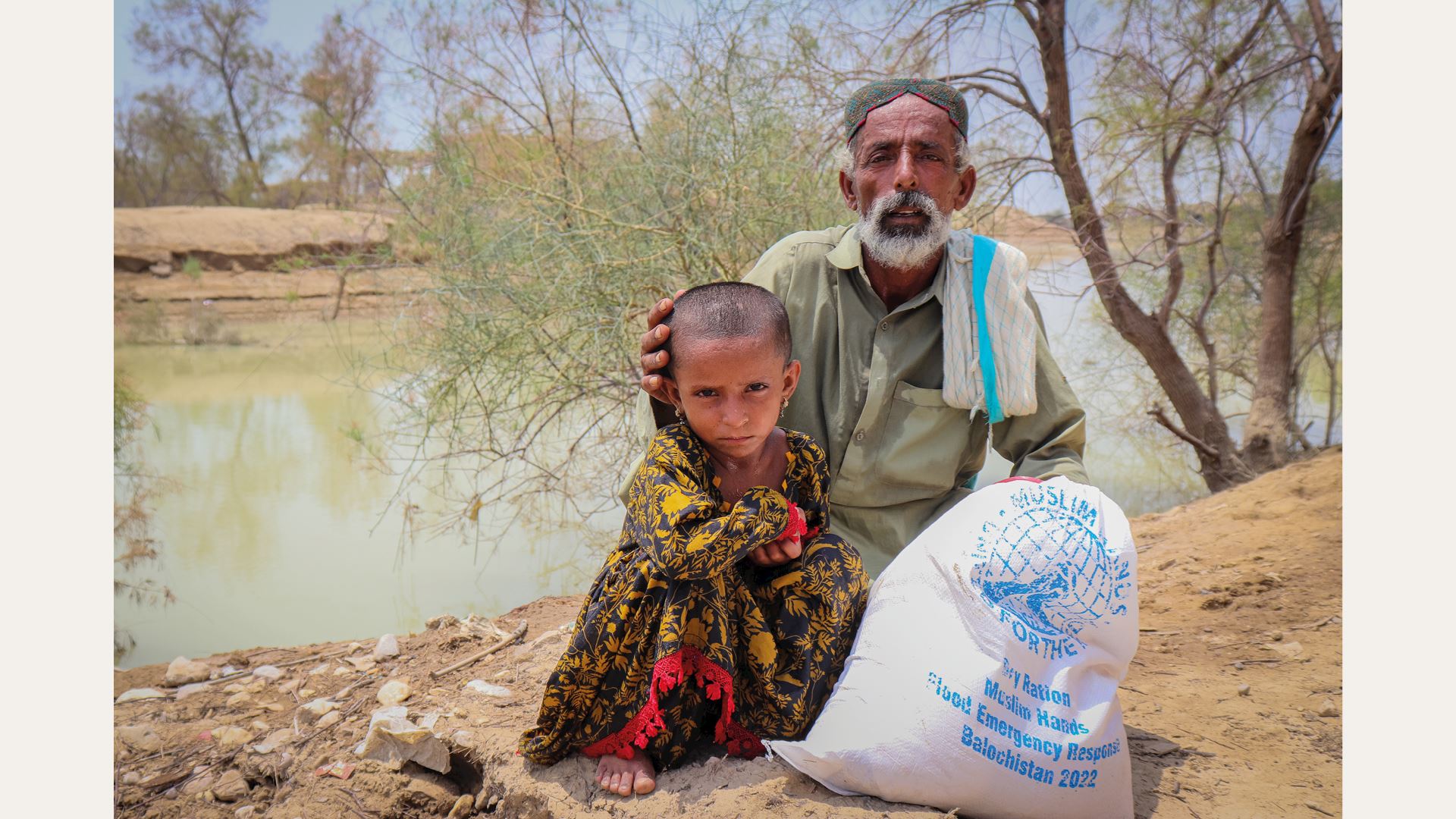
How are we responding to the Pakistan floods?
Muslim Hands have been working in Pakistan since 1993 and have 14 offices across the country, which has enabled our teams on the ground to respond to the crisis immediately. They have been providing aid since July nationwide but especially in the worst-hit areas, including Balochistan, Sindh and South Punjab. We have been able to support over 200,000 people who have been affected by the floods, thanks to our generous donors.
Currently, we are providing cooked meals of meat and rice with water as well as distributing food parcels and emergency relief packs including food, kitchen utensils, tents, mosquito needs, bedding and hygiene kits to address the immediate needs of the flood survivors. We have also set up medical camps to provide emergency health care and medicines.
At the moment, the people of Pakistan need emergency relief. However, we also want to help survivors rebuild their homes and livelihoods. That is why we will be launching a project to rebuild the homes that were lost with flood-resilient houses using cement bases and iron roofs. Not only will this provide much-needed shelter, but it will build resilience against the future effects of climate change on families in Pakistan.
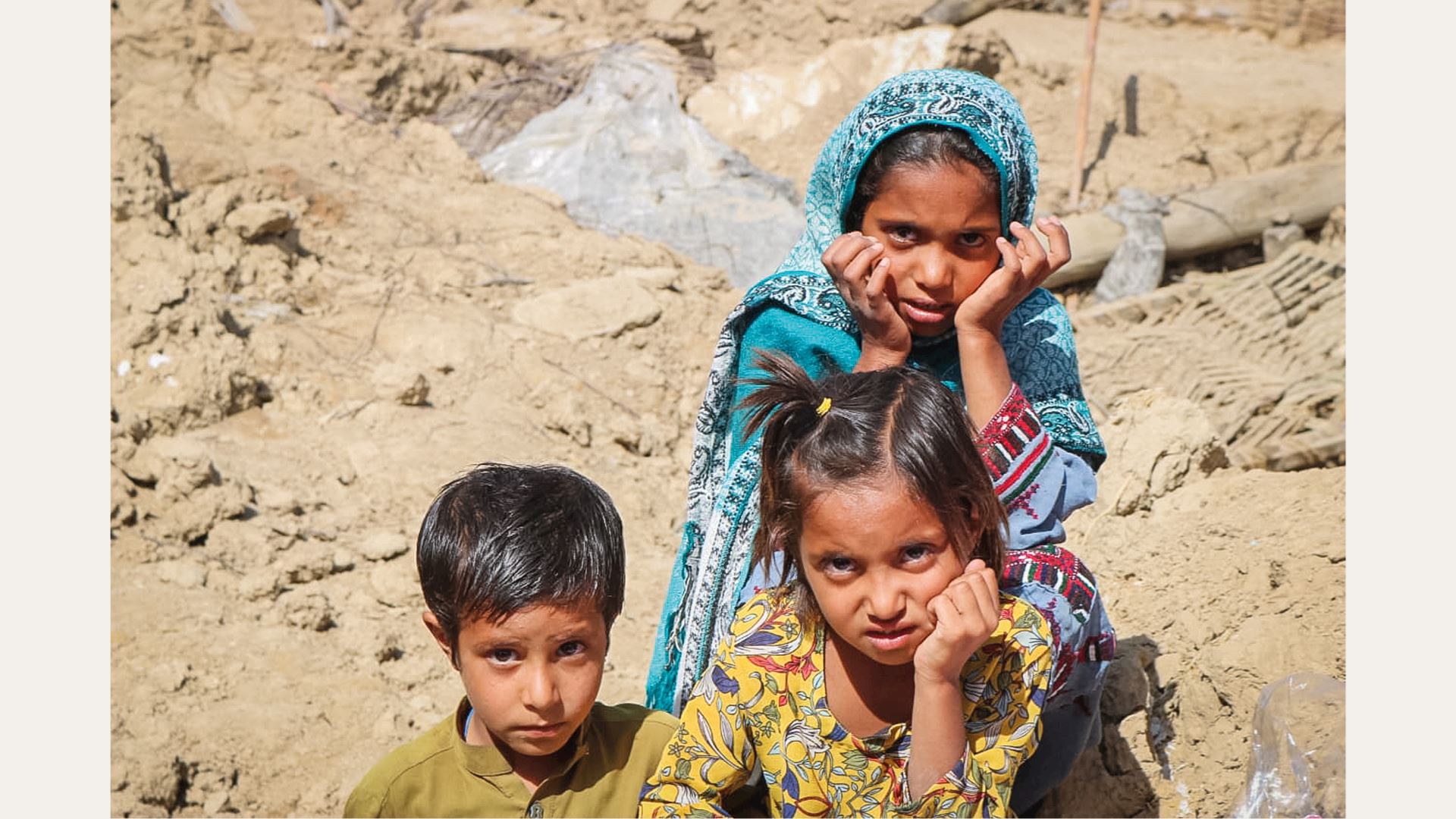
Akbar’s Story
Prior to the Pakistan floods, Akbar, a 60-year-old farmer from Balochistan, earned just enough to provide for his family’s most basic needs. He lived in a one-bedroom mud house supporting his wife, two daughters, elderly brother and three grandsons. However, when the floods struck, they had to flee to their closest relatives as their home and livelihood was destroyed.
Before receiving help from Muslim Hands, Akbar’s family was struggling to find food and as the breadwinner, Akbar was worried sick about finding work. Your generous donations have provided them with cooked meals, food parcels and emergency relief packs. Now that they have their immediate needs met, our teams will be assisting them with income support to help them rebuild their lives.

How can you help people recover from the Pakistan floods?
Unfortunately, the worst of the Pakistan floods is not over yet. It is going to take the country years to recover from this disaster. Akbar and his family are not the only people who have lost everything. With over 33 million people affected by the floods, we need your help to reach the growing number of victims with emergency relief.





